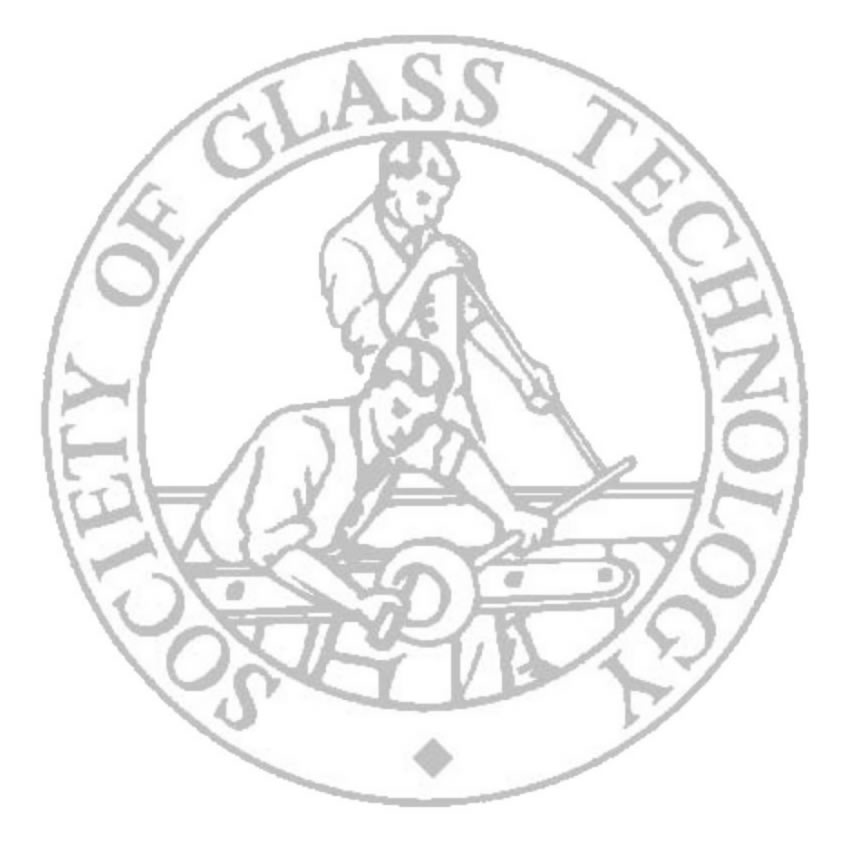Thermal stability of inorganic-organic hybrid coatings made from methyltromethoxysilane
Yong-Xin Pang, University of Teesside
Silicates prepared via sol-gel processing are widely used as surface coating materials and a variety of functional silane monomers available makes it possible for tailoring the coatings to meet specific applications. For instance, functional silanes bearing non-hydrolysable groups are incorporated for improving adhesion to organic materials, modifying surface properties, increasing flexibility and/or reducing volume shrinkage and cracks in drying process [1-3]. However, the presence of the organic moiety will inevitably impair the coating’s thermal stability. This paper discusses the thermal stability of the methyl groups embedded in the inorganic network of silicate.
The methyl containing hybrid silicate was prepared using methyltrimethoxysilane as the precursor via conventional sol-gel process. The hybrid sol was coated on slide glasses by dip-coating at a withdrawal rate of 30mm/min. Coatings were dried at 60°C for 2 weeks and then thermally treated at elevated temperatures. Structure change of the coatings against thermal treatments was monitored by means of FTIR, contact angle measurement, thermal analyses, SEM etc. Results show that the methyl group starts oxidation at 418°C when heated in air. The asymmetric exothermic peak on the DSC curve suggests the uneven oxidation of methyl groups, as shown below. The sudden heat release at lower temperatures, accompanied with a sharp weight loss, relates to the burnout of surface methyl groups, whilst the reduced rate of heat release and weight loss reflects the restriction of oxygen penetration by the silicate network. FTIR and contact angle measurements give consistent results. The methyl group decomposes at much higher temperature when heating in protective atmosphere.
1] De Graeve I, et al., Progress in Organic Coatings, 2007, 59, 224
[2] Pang,Y.X.; Hodgson,S.N.B.; Weglinski,B.; Gaworska,D., J. Mater. Sci., 2006, 41, 5926
[3] Pang,Y.X.; Hodgson,S.N.B.; Koniarek,J.; Weglinski,B., J. Mag. Mag. Mater. 2007, 310, 83
Back to Glass Science Programme

